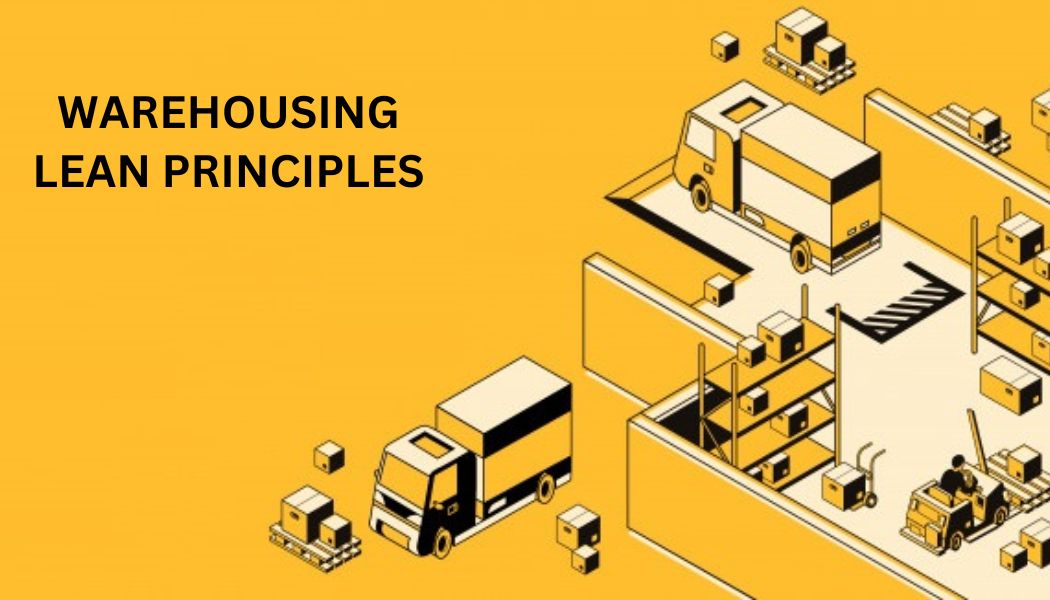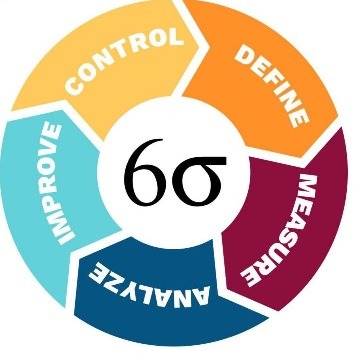
Warehousing Lean Principles: Streamlining your Warehouse for Efficiency and Success
I have discussed warehouse optimization from different perspectives but I have not explicitly tied optimization strategies with lean principles. Adopting warehousing lean principles can significantly enhance productivity, reduce waste, and improve overall performance in warehouse management. In this article, I will explore the key Lean principles and how they can be implemented in warehousing operations to optimize efficiency and achieve long-term success.
What are lean principles?
Lean principles are a set of guiding concepts and practices focused on optimizing efficiency, eliminating waste, and continuously improving processes. Originally developed by Toyota, lean principles allow organizations can streamline operations, enhance quality, reduce costs, and achieve sustainable success in today’s dynamic and competitive market.
What is warehousing lean principles?
The “warehousing lean principles” is not a standalone or specific principle in the Lean methodology. However, the concept of applying Lean principles to warehousing operations is known as “Lean Warehousing.” It involves the implementation of Lean practices and tools to improve efficiency, reduce waste, and enhance overall performance within the warehousing environment.
Implementing warehousing lean principles
Define Value from the Customer’s Perspective
In Lean warehousing, the first step is to understand the true value from the customer’s perspective. This involves identifying which aspects of warehousing processes are essential to customers and eliminating those that do not add value. Let’s consider an example of “Defining Value” for a warehousing operation that is part of an e-commerce company. The primary goal here is to deliver the right products to customers efficiently and on time, ensuring a seamless shopping experience. To define value in this context, the warehousing operation needs to focus on what truly matters to the customers, which is timely and accurate order fulfillment.
Map the Value Stream
Value stream mapping is a crucial technique in Lean principles that helps identify the flow of materials and information within the warehousing process. By visually mapping the entire process, including receiving, storage, order picking, packing, and shipping, businesses can identify bottlenecks and areas of waste. In the example of e-commerce, the mapping will show that the value stream involves:
- Order Accuracy: Customers expect to receive the exact products they ordered without any mistakes or substitutions.
- Fast Order Processing: Customers value quick processing and dispatch of their orders,.
- Timely Delivery.
- Proper Packaging: Products must be adequately and securely packed to prevent damage during transit.
- Transparency and Communication: Providing real-time tracking information and timely communication about order status increases customer confidence.
- Easy Returns and Exchanges: A customer-friendly returns process is crucial for building trust and loyalty.
Eliminate Waste
Lean principles emphasize identifying and eliminating waste, which encompasses any activity or process that does not add value to the customer. Common types of waste in warehousing operations include excess inventory, overproduction, waiting times, transportation inefficiencies, and unnecessary motion. By systematically addressing and eliminating waste, warehousing operations can become leaner, cost-effective, and responsive.
Implement Six Sigma Methodology
In addition to Lean principles, the warehousing operation can benefit from the integration of Six Sigma methodologies. Six Sigma focuses on minimizing process variations and defects, leading to improved quality and consistency.

Embrace Just-in-Time (JIT) Inventory Management
Just-in-Time (JIT) is a Lean concept that advocates for receiving and stocking inventory only when it is needed for production or distribution. By minimizing inventory levels and adopting a demand-driven approach, businesses can reduce holding costs, prevent overstocking, and respond swiftly to changing customer demands. JIT also requires strong supplier relationships to ensure a timely and consistent supply of materials.
Implement Continuous Improvement
Continuous improvement is at the core of Lean principles and Six Sigma. It involves fostering a culture of ongoing improvement and empowering employees at all levels to identify and address inefficiencies and suggest improvements. Regular review meetings, data analysis, and feedback mechanisms play a vital role in sustaining continuous improvement efforts and driving positive changes in warehousing operations.
I hope this article on warehousing lean principles has been helpful to you. I will continue to post information related to warehouse management, distribution practices and trends, and the economy in general. If you want to know how Laceup’s solutions can help you optimize your warehouse, click the link below to schedule an exploratory meeting.
There is a lot of relevant information on our channel. Check out this video on how to make your distribution company more profitable.


Sorry, the comment form is closed at this time.